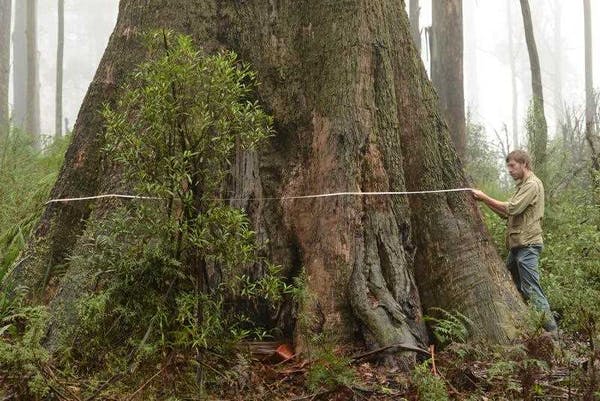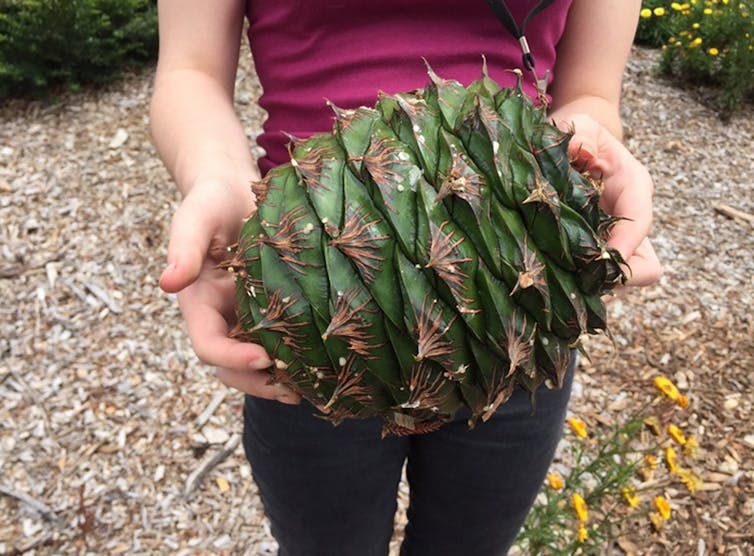Growing up with trees: new books use story and science to connect kids with nature
Growing up with trees: new books use story and science to connect kids with natureon Jun 02, 2021

Learning to love plants and trees
Having books that help children learn to love trees really matters to me. There is increasing concern that people are less connected with the natural world than in the past. Plants are of particular concern, as there is evidence of lower appreciation, knowledge and concern for plants compared with animals. Various writers have noted the negative implications of these trends for human health and well-being, environmental action, and conservation. Direct experience of nature is often seen as essential to building connections, but it’s not always possible and might not be enough. Books can help children connect with trees, for example by:- telling stories about trees (and people’s relationships with them) that evoke empathy for trees
- bridging everyday human experience with the very different life of plants
- building a vocabulary for talking about nature
- suggesting ways that young readers might directly engage with nature.

4 more to choose from
Other recent books about trees make great use of stories, emotion, science and tree-related activities to help children connect with trees. The Forest in the Tree (by Australian team Ailsa Wild, Aviva Reed, Briony Barr and Gregory Crocetti) skilfully weaves story and science to explore symbiotic relationships between trees and fungi. Characters include Broma the Cacao tree and We, Gloma the fungal network that connects the forest system. It is sure to fascinate and inform older children. Little Sap (by Jan Hughes and Ruth Hengeveld) is written for a much younger audience. It tells a moving tale of a mother tree and a young sapling who eventually takes her place in the canopy. The authors note they found inspiration in the science of Suzanne Simard and Monica Gagliano among others. Peter Wohlleben has also published a book for younger children. His book Peter and the Tree Children is a tale about Peter the forester and Piet the squirrel, and all they learn while walking in the forest. I found it less engaging than his earlier book Can you hear the trees talking which is structured around curious questions like “How do trees make babies?” or “Is there a forest internet?”. Finally, Plantastic! A new A-Z to 26 of Australia’s most unique and incredible native plants by Catherine Clowes and Rachel Gyan deserves a mention. Its not only about trees, but suggests some great activities that will encourage Australian kids to get out into nature and explore the wonder of plants. Source: theconversation
Authors
book news
Books
Books for Children
Connect kids with nature
Frontlist
Frontlist Latest
Frontlist Latest news
Frontlist News
Growing up with trees: new books
new books use story and science to connect kids wi



.jpg)






.jpg)
.png)
.jpg)
.jpg)
.jpg)
.jpg)
.jpg)
.jpg)










godiva chokolade
It is not my first time to pay a quick visit this web page, i am visiting this site dailly and get pleasant data from here all the time.
카지노사이트
Hi, this weekend is pleasant for me, since this point in time i am reading this impressive educational article here at my house.
דרק פישר
I simply couldn't go away your website prior to suggesting that I extremely enjoyed the usual information a person provide on your guests? Is going to be back continuously in order to check out new posts
slot 4d
Does your blog have a contact page? I'm having a tough time locating it but, I'd like to send you an email. I've got some recommendations for your blog you might be interested in hearing. Either way, great blog and I look forward to seeing it grow over time.
اقتصاص الصور
Hi, I think your blog might be having browser compatibility issues. When I look at your blog in Chrome, it looks fine but when opening in Internet Explorer, it has some overlapping. I just wanted to give you a quick heads up! Other then that, wonderful blog!